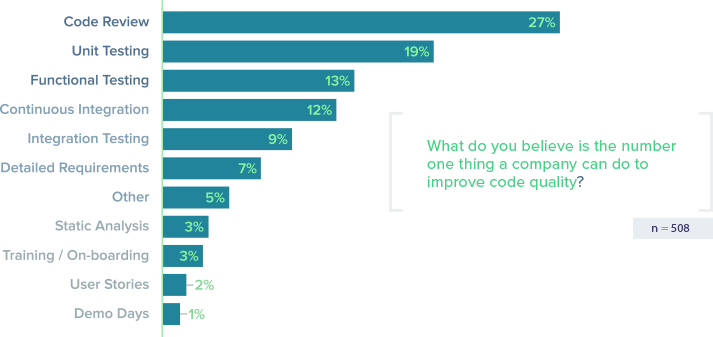Code quality encompasses a set of requirements common to all software projects.
It goes beyond mere functionality and delves into properties that contribute to a robust and sustainable codebase.
Key aspects of code quality include:
Readability: Well-structured, easily comprehensible code.
Maintainability: Code that can be modified, extended, and debugged efficiently.
Modularity: Breaking down the system into manageable components.
Performance: Efficient execution and resource utilization.
Security: Protection against vulnerabilities and threats.
☯️ Good Code vs. Bad Code
Good Code:
Does what it should: It fulfills its intended purpose.
Follows a consistent style: Adheres to coding conventions and guidelines.
Is easy to understand: Other developers can quickly grasp its logic.
Has proper documentation: Clear comments and explanations.
Is testable: Can be effectively tested for correctness.
Bad Code:
Lacks clarity: Obscure, convoluted, or inconsistent.
Violates best practices: Ignoring established coding standards.
Is cryptic: Requires deciphering, leading to maintenance challenges.
Lacks documentation: Leaves others guessing.
Is error-prone: Increases the risk of defects.
🔬Testing Isn’t Enough
Manual code reviews and testing are essential but not foolproof.
Studies show that individual programmers are less than 50% efficient at finding bugs in their own code.
Most forms of testing are only 35% efficient.
Therefore, relying solely on testing may miss critical issues.
❗️Coding Errors Lead to Risk
Low-quality code introduces safety and security risks.
Software failures due to security violations or safety flaws can have catastrophic consequences.
Quality code minimizes these risks.
🤝 Quality Is Everyone’s Responsibility
Developers, testers, and managers all play a role in ensuring code quality.
High quality should be the goal throughout the development process.
📈 Measuring Code Quality
There’s no one-size-fits-all metric for code quality.
Key traits to measure include:
Reliability: The probability that the system runs without failure over a specific period.
Maintainability: Ease of making changes without introducing defects.
Performance: Efficiency and responsiveness.
Security: Protection against vulnerabilities.
Readability: Clarity and simplicity.
Remember, code quality isn’t an isolated concern—it intertwines with other dimensions like process quality, system quality, and product quality. By prioritizing code quality, we build software that stands the test of time and serves users effectively.

